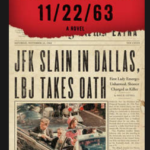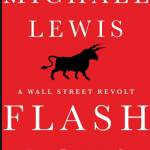How About Never Is Never Good For You? by Bob Mankoff
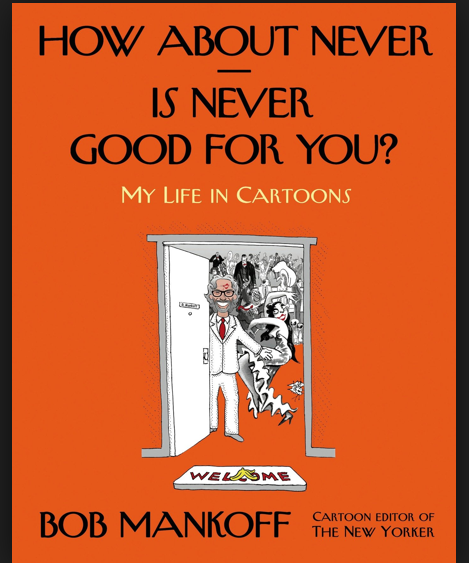 How About Never Is Never Good For You: My Life in Cartoon by Bob Mankoff- I have always enjoyed cartoons, especially those in The New Yorker Magazine. Although I must admit that for some reason we haven’t subscribed to it for the past few years. However, I try to catch up in a visit to doctor or dentist’s office. When I learned about the weekly cartoon caption contest that the New Yorker magazine holds each week, I started entering it online most weeks. In fact I must have been very close to being a finalist a few times as my caption was almost the same as one of the top three, differing by just a word or two. This introduction leads up to why my wife bought me this book as a present.
How About Never Is Never Good For You: My Life in Cartoon by Bob Mankoff- I have always enjoyed cartoons, especially those in The New Yorker Magazine. Although I must admit that for some reason we haven’t subscribed to it for the past few years. However, I try to catch up in a visit to doctor or dentist’s office. When I learned about the weekly cartoon caption contest that the New Yorker magazine holds each week, I started entering it online most weeks. In fact I must have been very close to being a finalist a few times as my caption was almost the same as one of the top three, differing by just a word or two. This introduction leads up to why my wife bought me this book as a present.
Bob Mankoff is the current cartoon editor of the New Yorker Magazine and the guy in charge of the caption contest as well. In this book he traces his growing up up in New York and the development of his interest in humor and cartoons. As a psychiatrist I do appreciate his insight into himself as best summed up in this paragraph:
My mother wasn’t logical or knowledable. What she was, was intuitive. She wasn’t really an audience for my jokes, she was a target. And, as my therapist would tell you, still is. Yet I’ve gotten a lot from her, including a mother lode of material, some of which I’m unloading here. Although my relationshiship with my mother was less than ideal from a relationship standpoint, from a development of humor standpoint it worked very well. Humor thrives in conflict”
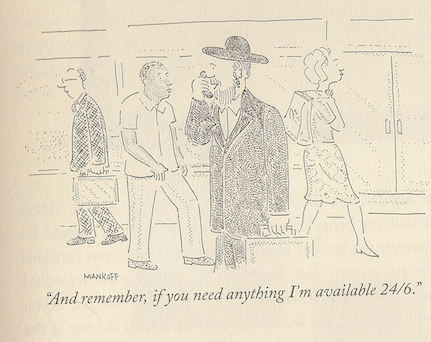 He attended high school in New York at “Music and Art’ which is known for attracting creative and talented students. He then went to Syracuse University, which in my day was very strong in journalism. He went on to a couple of graduate schools and came up just short of a PhD in psychology. Humor and cartooning was his clear goal. It appears that he put his sights on becoming a cartoonist for New Yorker Magazine.
He attended high school in New York at “Music and Art’ which is known for attracting creative and talented students. He then went to Syracuse University, which in my day was very strong in journalism. He went on to a couple of graduate schools and came up just short of a PhD in psychology. Humor and cartooning was his clear goal. It appears that he put his sights on becoming a cartoonist for New Yorker Magazine.
This book is filled with his cartoons and those of some of the great cartoonists whom he admired. We learn all about various styles of cartoons as Mankofff develops his own. Should it be dots, block style or whatever? Mankoff’s story is really a lesson in fortitude and persistence, You certainly have to be able to handle rejection if you want to be a cartoonist because it does seem that you would be able to paper your walls with rejection slips. Mankoff does succeed. Not only does he get published in the New Yorker numerous times but he eventually becomes the prestigious cartoon editor of this magazine. Now he supervises the handing out of rejection slips and the process of choosing cartoons for publication. He is also in charge of the Cartoon Bank which offers cartoons for sale.
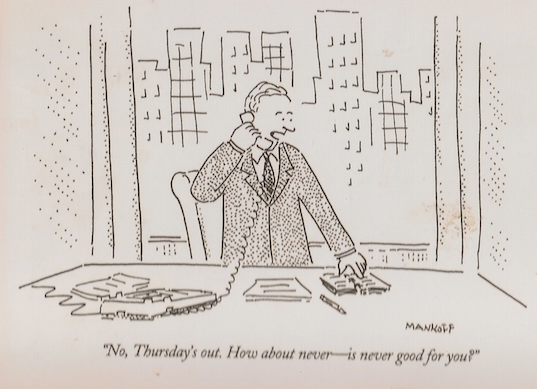 Then there was the book chapter that I was waiting for, Chapter 13, How to Win the New Yorker Cartoon Caption Contest. I learn that Mankoff’s trusted assistant does the first screening of all the entries. He looks at thousands of submissions and makes a short list of 50 of the best of them broken down into categories representing different comic themes. Now the New Yorker Cartoon Editor (currently Mr. Mankoff) chooses what he believes are the ten best. He then shows these to the various New Yorker editors and staff members asking them to rate each one as either, Unfunny, Somewhat Funny or Funny. Then the best three cartoons are chosen and the following week, the readership of the magazine will vote and chose the best one.
Then there was the book chapter that I was waiting for, Chapter 13, How to Win the New Yorker Cartoon Caption Contest. I learn that Mankoff’s trusted assistant does the first screening of all the entries. He looks at thousands of submissions and makes a short list of 50 of the best of them broken down into categories representing different comic themes. Now the New Yorker Cartoon Editor (currently Mr. Mankoff) chooses what he believes are the ten best. He then shows these to the various New Yorker editors and staff members asking them to rate each one as either, Unfunny, Somewhat Funny or Funny. Then the best three cartoons are chosen and the following week, the readership of the magazine will vote and chose the best one.
Mankoff gives suggestion how to approach the caption contest, advising the contestants to “free associate” and then “verbalize”, “conceptualize”, “topicalize” and finally “socialize”. Putting all these approaches together, he believes will help you come up with a caption for the cartoon that week. Still, I like just free-associating and trying to have an emotional reaction to the cartoon. Maybe his advice to be as brief as possible, novel and occasionally topical will help me. So while I didn’t learn too much about how to do well in the contest, I did enjoy seeing the different styles and appreciating the creativity of both the amateurs and the professionals in putting together the various cartoons that Mankoff showed in his book.
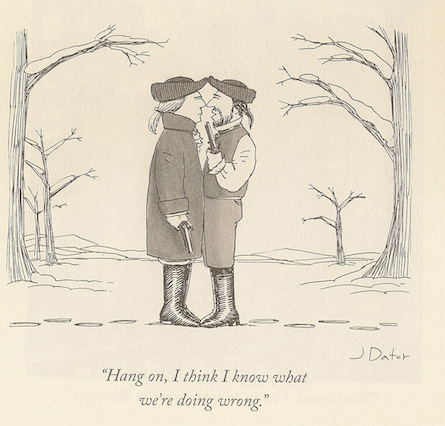 I thought that occasionally the cartoons and some of the print size of the illustrations was a little too small to comfortably read all the details (It may be my age but a younger reader did agree with me). The overall journey through this book was worth the ride. I always look forward to the cartoons that have been chosen to be shown in the magazine and I can’t wait to try my luck in the next cartoon caption contest.
I thought that occasionally the cartoons and some of the print size of the illustrations was a little too small to comfortably read all the details (It may be my age but a younger reader did agree with me). The overall journey through this book was worth the ride. I always look forward to the cartoons that have been chosen to be shown in the magazine and I can’t wait to try my luck in the next cartoon caption contest.


